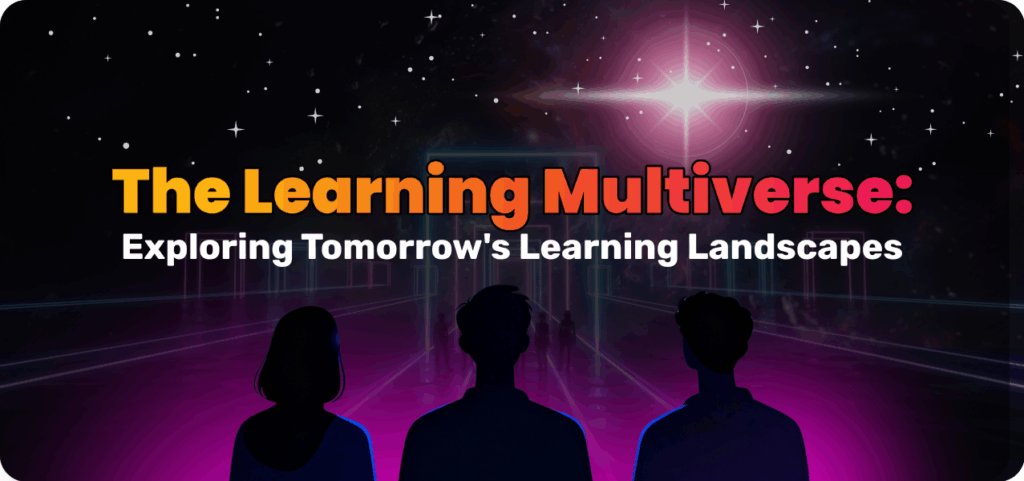Inclusive Leadership – Meaning And Characteristics

There remains a gap for leaders between knowing that one should have a robust D&I program to actually implementing and managing diverse and inclusive organizations.
Diversity and inclusive leadership have been hot topics for decades. While there is no shortage of information on how to implement Diversity & Inclusion (D&I) programs in your organizations, many leaders still struggle to implement and manage diverse and inclusive organizations.
As business becomes increasingly reliant on automated process and robotic assistance to conduct daily tasks, leaders and organizations must adapt to harness the true, pure human strengths of creativity and innovation. The question remains: how do organizations and their leaders truly embrace different perspectives in order to increase their capacity for creativity and innovation?
Inclusive leaders take a human-centric view of the world, using their knowledge of people and culture to challenge perspectives, create safe and collaborative environments and help foster change within their organizations and beyond. The Inclusive Leader Experience is a virtual, music-inspired leadership program focusing on five key factors that are central to building inclusivity within teams. While our virtual experience uses music as a metaphor to demonstrate the traits of an inclusive leader, the lessons are relevant to any industry, leadership level or organization size.
Five Traits of Inclusive Leadership:
- Engages Self in the Effort
Emotional Intelligence is at the heart of effective leadership and can be challenging to achieve. An inclusive leader tackles the uncomfortable task of approaching self-awareness with humility, engaging in the introspection required to grow, evolve and taking risks. They recognize biases where they occur and challenge those mindsets.
They are curious, ask questions and are courageous in their process of becoming more inclusive. Having conversations around diversity can be uncomfortable and can feel like a risky minefield full of potential missteps. If leaders have the courage to be open and vulnerable, they have a much better chance of tackling the changes required to realize true transformation within themselves and their teams regarding diversity and inclusion.
- Pursues Diverse Perspectives
Diversity in organizations is not something that happens naturally on its own without clear direction and action from leadership. There is so much value to be discovered in the space between cultures, backgrounds and perspective within an organization. Time and time again, research shows that diversity of thought leads to creativity and innovation within teams.
Biologically, what is known as the “edge effect” is the space where two disparate ecosystems overlap. In this zone, we find more biodiversity, increased resilience and even the formulation of new species. Just as art mimics life, so does business. As a result of overlapping perspectives, teams are better able to create unique and stimulating ideas, products, offerings and processes. Inclusive leaders ensure the most robust innovations and ideas have a chance to flourish by seeking out and nurturing diversity within a team.
- Orchestrates Collaboration and Community
Once leaders have established diverse teams with people of different backgrounds and perspectives, inclusive leaders need to enable these teams to collaborate effectively. It can be easy to collaborate with people who are just like us, but what about people who are different from us? Psychological safety is the first step in this process.
When individuals are allowed and encouraged to show up as themselves with their unique perspectives, they actually will. The team leader must build a psychologically safe environment and then galvanize the team with a sense of community—intentionally battling silos and empowering participation along the way. By appreciating the uniqueness of each team member, leaders unleash and enrich the creative energies that inspire innovation.
- Builds Alignment and Extends Influence
A natural misalignment can occur when people from different backgrounds are brought together, but aligning them is not an insurmountable feat — it just takes a bit more finesse. Creating enthusiasm for a common vision can orient the team in one direction.
Leaders should ask themselves, are they maintaining alignment to the organizational goals beyond their individual team objectives? And are they aligning the organization to their objective of innovation and creativity through inclusion and diversity? This is where leaders push themselves to move beyond their own purview and into the broader organization.
- Empowers for Higher Performance
Once collaboration is enabled and alignment is achieved, inclusive leaders shift to focus on empowering and supporting their teams. Team members feel like their voices matter and a sense of belonging is established, creating a unique identity that inspires individual and collective excellence.
By cultivating a sense of cultural intelligence, leaders are then able to harness these individualized experiences that lead to high performance. Through respect and collaboration, the bonds of unity will create comfort and strengthen teams.
Key Takeaways of Inclusive Leadership
Jazz can teach us a lot about inclusive leadership. Jazz musicians have no option but to stay engaged in what they are doing. They hear a note – intentional or unintentional – and they riff on it, building music together as they move throughout a song. They put themselves at risk in an ambiguous world, not knowing what their colleagues are going to do next, sensing cues through body language and discrete gestures.
They step back and let their counterparts shine, waiting their turn to step in and build on what was already played. Jazz music is real-time, in-the-moment innovation. Inclusive leaders have the same opportunity to broaden their perspectives and harness the unique attributes of talent across their organizations.
They can activate the human capital within their teams that drives change and innovation, creating high-performing teams that are uniquely empowered to create. They can change the future directions of their organizations, providing wide-ranging visions of growth.
For more information on how you can partner with WDHB and Experience to Lead to put diversity and Inclusion at the forefront of your 2021 learning and development strategy, attend our upcoming March 9-10 Public Preview of The Inclusive Leader Experience – an opportunity for you to engage with the content in order to evaluate its potential fit for your organization.
Author
Subscribe to get Access to Exclusive Content





